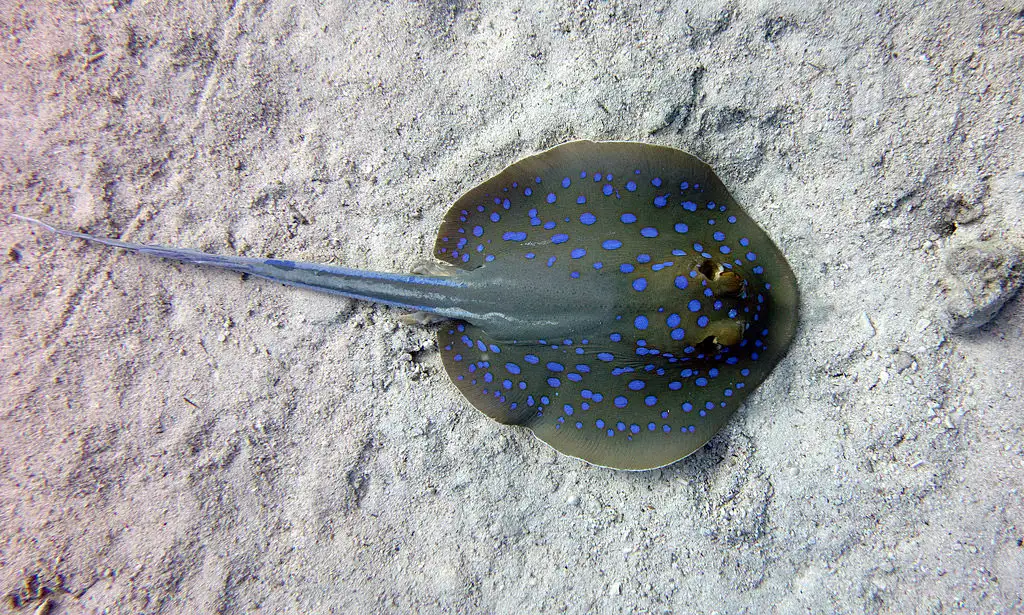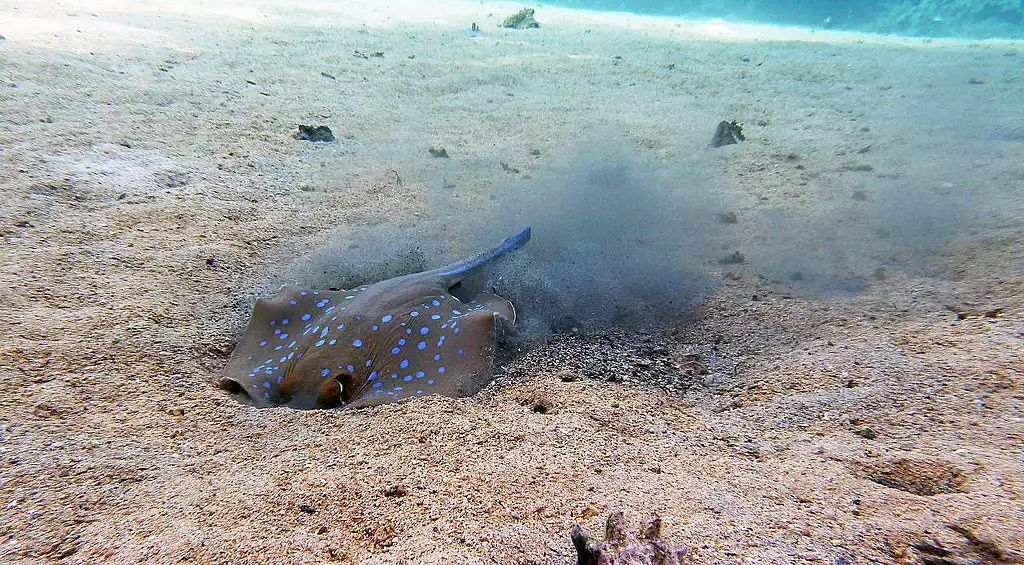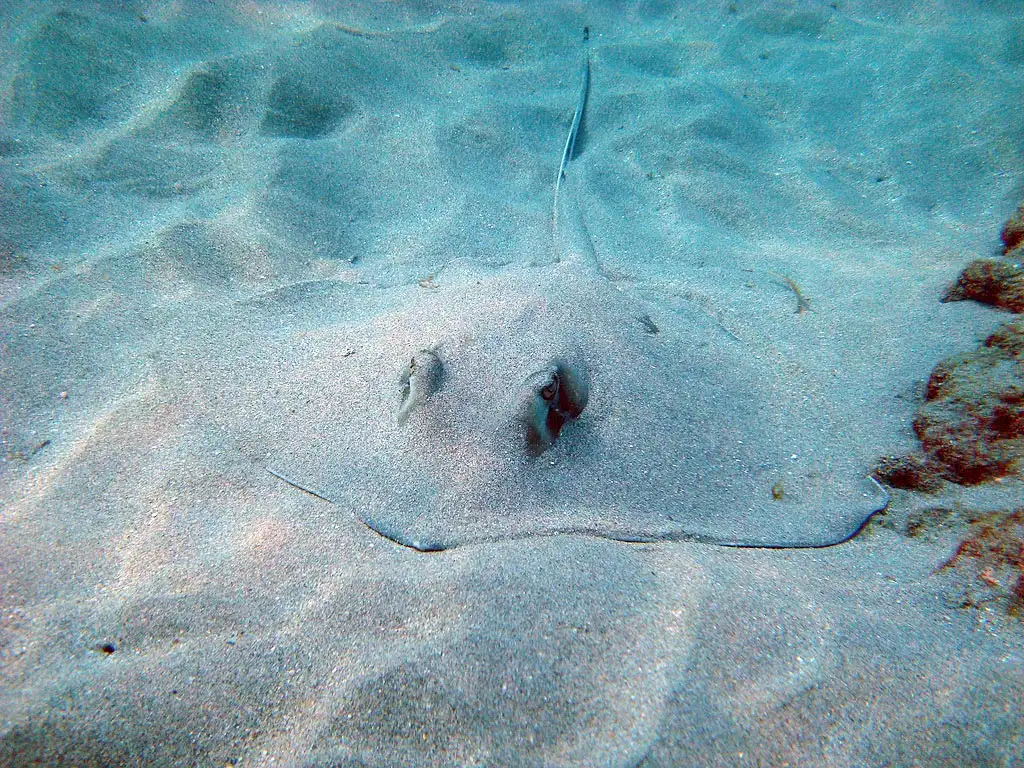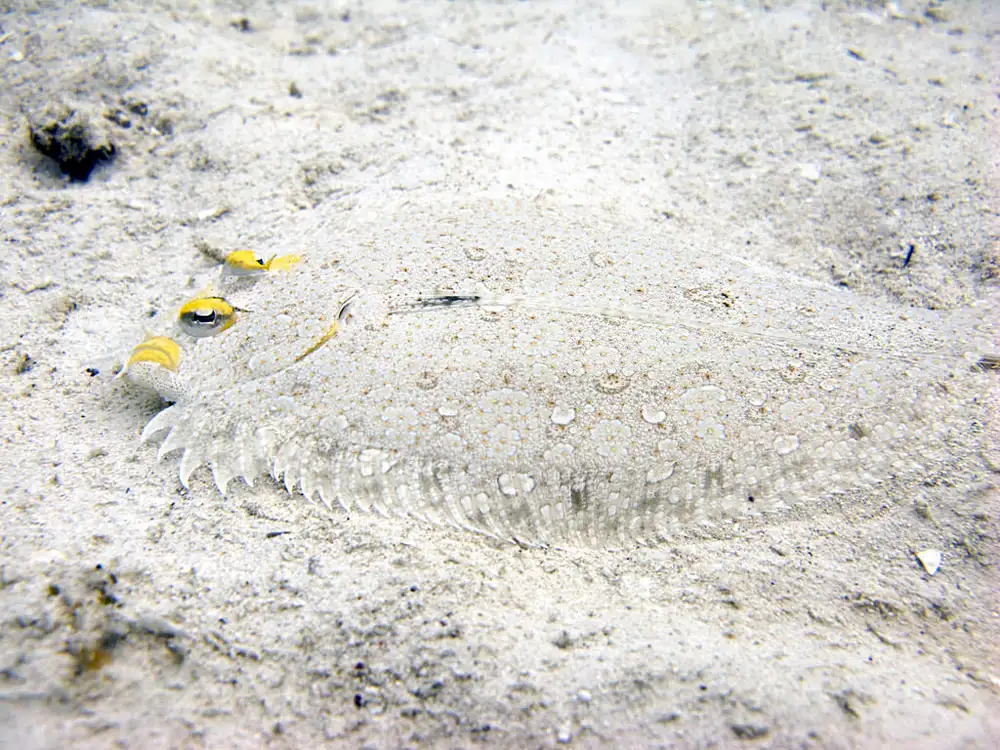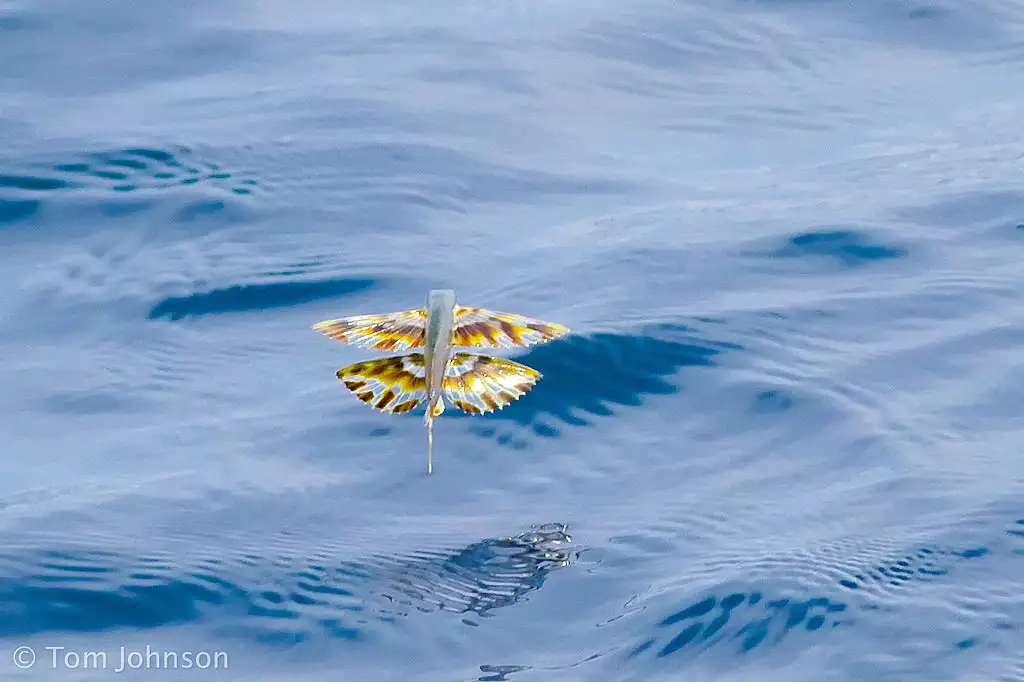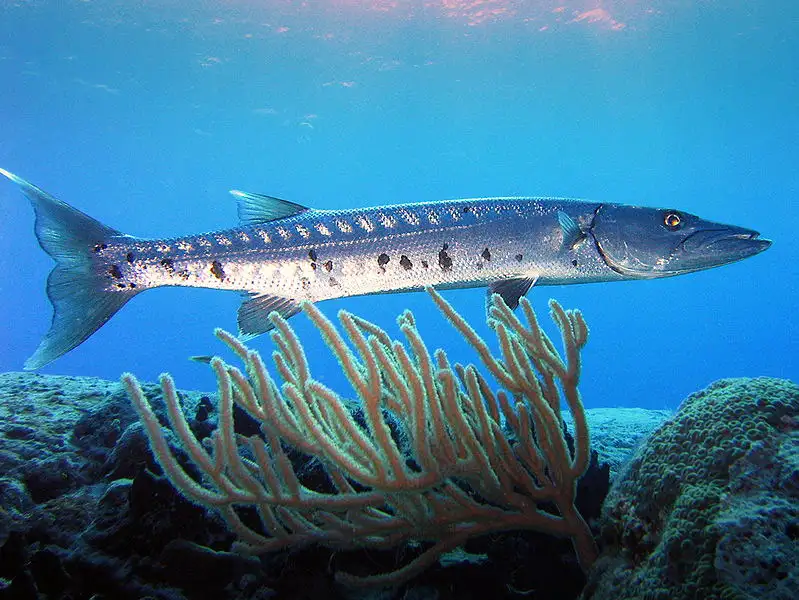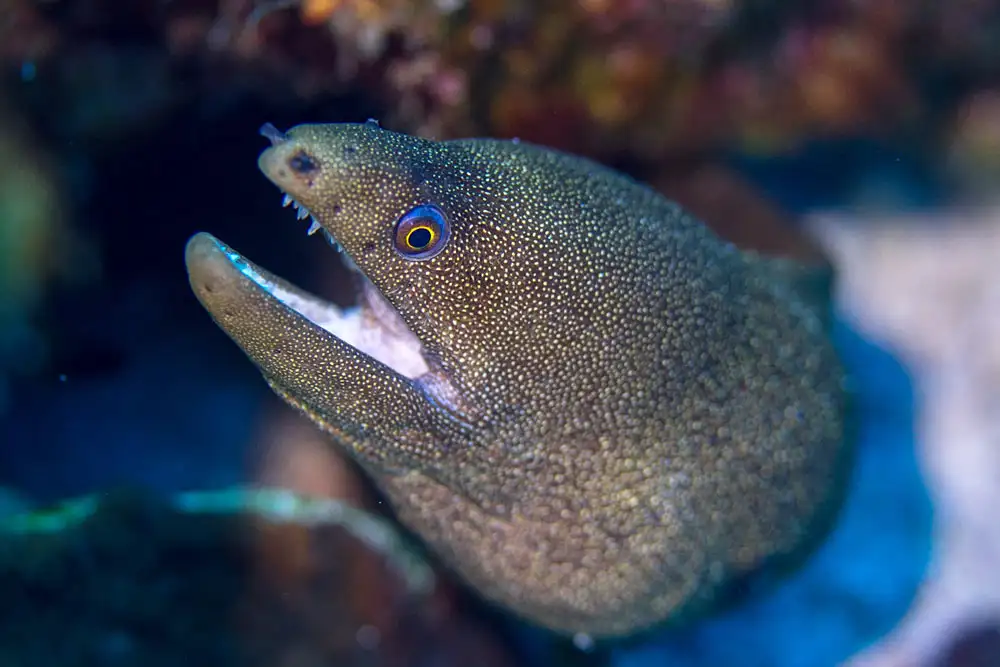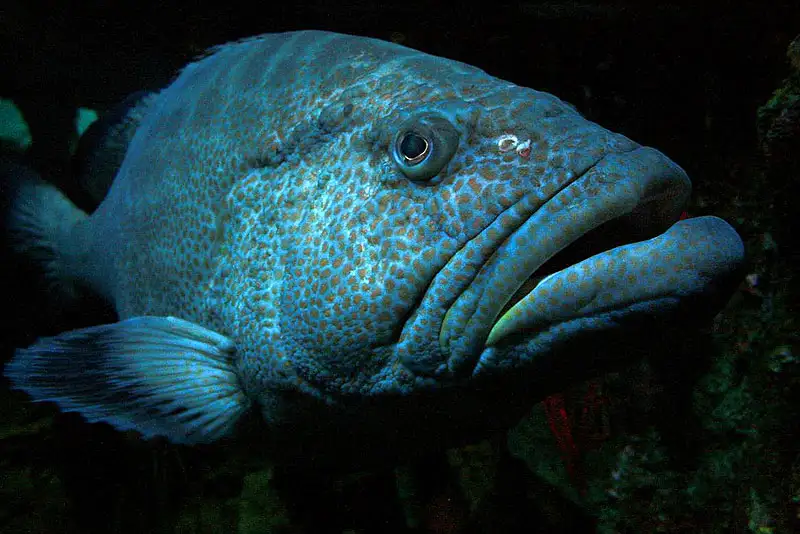Japanese Red Stingray (Hemitrygon akajei|syn. Dasyatis akajei)
IUCN
VUBasic Information
Scientific classification
- name:Japanese Red Stingray (Hemitrygon akajei|syn. Dasyatis akajei)
- Scientific Name:Hemitrygon akajei (syn. Dasyatis akajei)
- Outline:Medium Fish
- Family:Dasyatidae Hemitrygon
Vital signs
- length:Disc width typically 40–60 cm; max ~100 cm
- Weight:Increases strongly with disc width; highly variable
- lifetime:Approx. 15–20 years (estimated)
Feature
Coastal dasyatid; aplacental viviparous with histotroph; reddish‑brown dorsum; venomous tail spine; nocturnal foraging.
Distribution and Habitat
NW Pacific coasts/estuaries over sand‑mud bottoms (5–100 m).
Appearance
Sub‑rhomboid disc; reddish‑brown above, pale below; long tail with 1–2 serrated spines and skin folds; crushing dentition.
Details
The Japanese red stingray (Hemitrygon akajei; historically Dasyatis akajei) is a coastaldasyatid common in the northwestern Pacific. It has a reddish‑brown dorsum and a long tail armed withone or two venomous spines. It feeds on benthic invertebrates and small fishes and reproduces viaaplacental viviparity with histotroph (“uterine milk”).
Ecology & Biology
Diet: bivalves, crabs/shrimps, polychaetes and small demersal fishes.
Reproduction: aplacental viviparous; litters of about 2–10 pups depending on region.
Behaviour: often partly buried by day and forages at night on sandy/muddy bottoms of coasts and estuaries.
Identification
Disc sub‑rhomboid, leading edge relatively straight; dorsum reddish‑brown, venter pale.
Slender tail with 1–2 serrated, venomous spines; ventral/dorsal skin folds present posteriorly.
Crushing dentition adapted to hard‑shelled prey; males with claspers.
Size & Longevity
Disc width: typically 40–60 cm, maximum around ~100 cm.
Life: estimated 15–20 years (population/sex dependent).
Range & Habitat
NW Pacific: Japan, Korean Peninsula, China (Yellow/Bohai/East China Seas) and Taiwan. Shallow coastal and estuarinesandy/muddy habitats, usually 5–100 m (records deeper as well).
Conservation & Interactions
Threats: targeted catch and bycatch in trawls/set gear, habitat degradation and coastal pollution.
Measures: size (disc‑width) limits, seasonal closures, essential‑habitat protection and gear modifications.
Safety: the tail spine is venomous; wear protective footwear and avoid handling. Seek medical care after injuries (educational note).
IUCN: often cited as Vulnerable (VU) with regional declines; refer to the latest assessment for updates.
FAQ
Q1. How to tell it from similar stingrays? The reddish‑brown dorsum, sub‑rhomboid disc and tail folds help; confirm with disc ratios, dentition and spine counts.
Q2. How dangerous is the tail spine? It can deliver a painful, venomous wound and secondary infection; avoid contact and use protective footwear.
Q3. Does it enter fresh water? Mostly marine but common in estuaries (brackish).
Q4. When does it breed? Generally in the warmer seasons; timing varies geographically.



